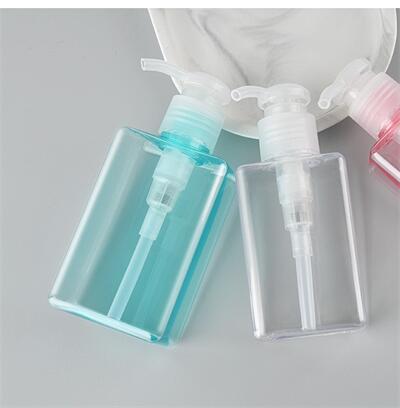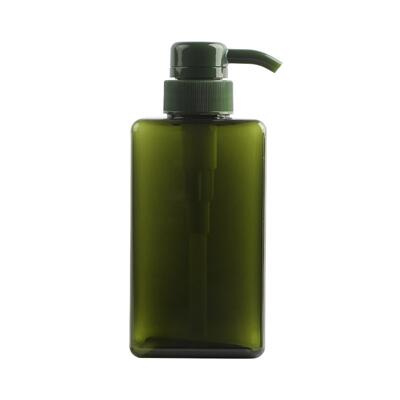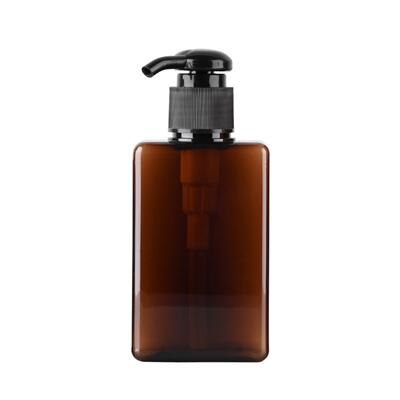How Should Skincare Packaging Design Be Done?
February 06, 2025
In the highly competitive skincare industry, packaging design plays a pivotal role in attracting consumers, conveying brand values, and ensuring product efficacy. Effective skincare packaging design is not just about aesthetics; it must also consider functionality, sustainability, and user experience. Here's a comprehensive guide on how skincare packaging design should be approached:

1. Understand the Target Audience
- Demographics and Preferences: The design should resonate with the target demographic, whether it's millennials, Gen Z, or older consumers. For instance, younger audiences might prefer bold, trendy designs, while older consumers may lean toward minimalist and luxurious aesthetics.
- Lifestyle and Needs: Consider the lifestyle of the target audience. Are they always on the go? Do they prioritize convenience or luxury? Packaging should align with their daily routines and preferences.
2. Reflect Brand Identity
- Consistency: The packaging should reflect the brand’s identity and values. Whether the brand is eco-friendly, luxurious, or science-driven, the design must communicate this clearly.
- Visual Language: Use colors, typography, and imagery that align with the brand’s story. For example, a natural skincare brand might use earthy tones and organic shapes, while a high-tech brand could opt for sleek, futuristic designs.
3. Prioritize Functionality
- User-Friendly Design: Packaging should be easy to open, use, and store. Consider features like pumps, droppers, or twist caps that enhance usability.
- Protection and Preservation: Skincare products often contain sensitive ingredients that need protection from light, air, and contamination. Use materials like UV-protective glass or airtight containers to maintain product integrity.
4. Embrace Sustainability
- Eco-Friendly Materials: With growing consumer awareness about environmental issues, opt for recyclable, biodegradable, or reusable materials like glass, aluminum, or post-consumer recycled plastics.
- Minimalist Design: Reduce unnecessary packaging layers and avoid over-packaging. A minimalist approach not only reduces waste but also appeals to eco-conscious consumers.
- Refillable Options: Consider offering refillable containers to encourage repeat purchases and reduce waste.
5. Ensure Compliance and Safety
- Regulatory Standards: Skincare packaging must comply with industry regulations and safety standards. This includes proper labeling, ingredient lists, and safety warnings.
- Child-Resistant Features: For products that may be harmful if ingested, incorporate child-resistant closures to ensure safety.
6. Incorporate Innovation
- Smart Packaging: Explore technologies like QR codes or NFC tags that provide additional product information, usage instructions, or authenticity verification.
- Interactive Elements: Consider adding tactile elements, unique textures, or embossing to create a memorable unboxing experience.
7. Balance Aesthetics and Practicality
- Eye-Catching Design: While functionality is crucial, the packaging should also stand out on shelves. Use striking visuals, unique shapes, or innovative layouts to capture attention.
- Practicality: Ensure the design doesn't compromise usability. For example, overly complex shapes might look appealing but could be inconvenient for storage or travel.


Skincare packaging design is a delicate balance of aesthetics, functionality, and sustainability. By understanding the target audience, reflecting brand identity, prioritizing user experience, and embracing eco-friendly practices, brands can create packaging that not only attracts consumers but also enhances their overall product experience. In an industry where first impressions matter, thoughtful and innovative packaging design can be a powerful differentiator.
